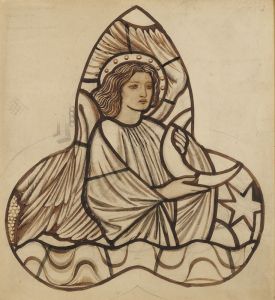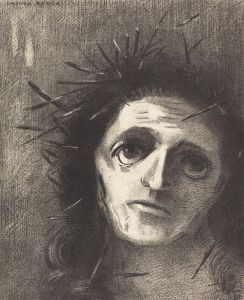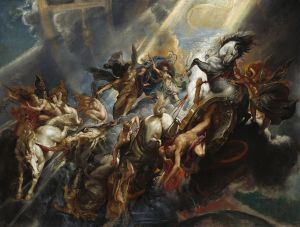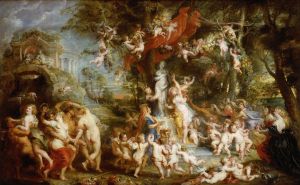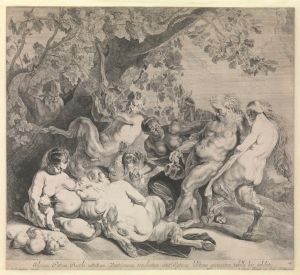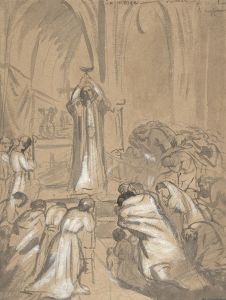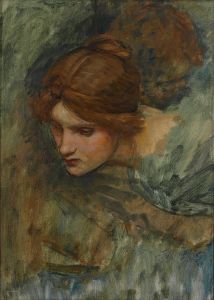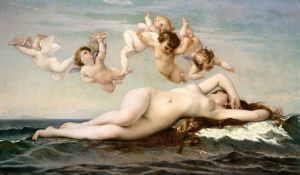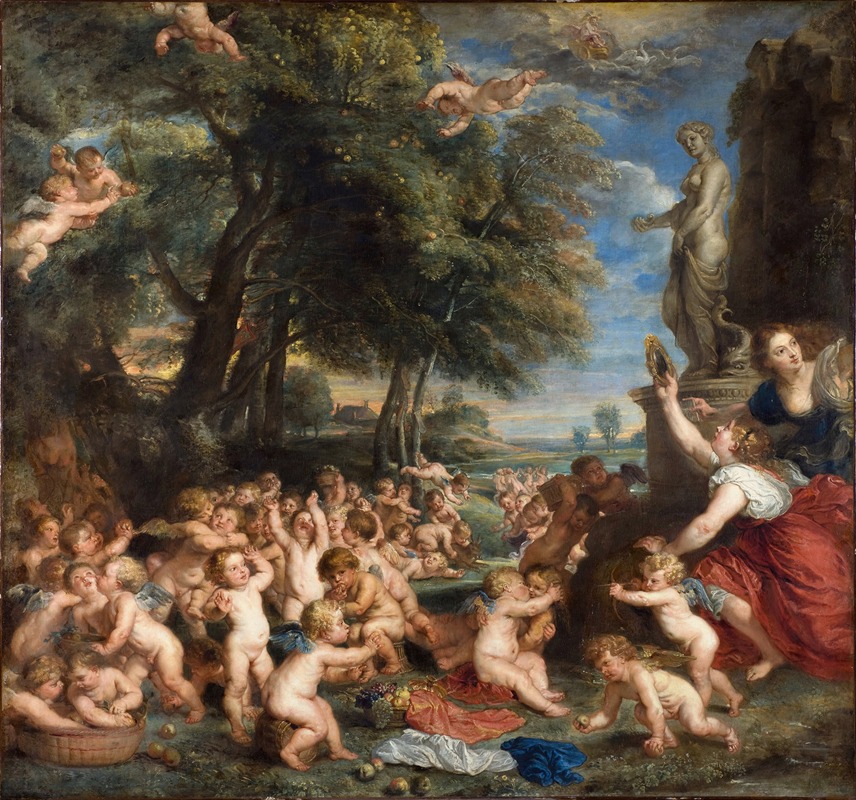
Worship of Venus
A hand-painted replica of Peter Paul Rubens’s masterpiece Worship of Venus, meticulously crafted by professional artists to capture the true essence of the original. Each piece is created with museum-quality canvas and rare mineral pigments, carefully painted by experienced artists with delicate brushstrokes and rich, layered colors to perfectly recreate the texture of the original artwork. Unlike machine-printed reproductions, this hand-painted version brings the painting to life, infused with the artist’s emotions and skill in every stroke. Whether for personal collection or home decoration, it instantly elevates the artistic atmosphere of any space.
"Worship of Venus" is a painting by the renowned Flemish Baroque artist Peter Paul Rubens, completed in 1635. Rubens, known for his vibrant compositions and dynamic figures, was a leading figure in the Baroque movement, which emphasized movement, color, and sensuality. This particular work exemplifies his mastery in depicting mythological themes with grandeur and vitality.
The painting portrays a scene from classical mythology, focusing on the Roman goddess Venus, who was associated with love, beauty, and fertility. In "Worship of Venus," Rubens captures a lively and exuberant celebration in honor of the goddess. The composition is filled with numerous figures, including nymphs, satyrs, and putti, all engaged in various activities that highlight the themes of love and festivity.
Rubens' use of color and light in the painting is particularly noteworthy. The warm, rich palette enhances the sensuality of the scene, while the dynamic arrangement of figures creates a sense of movement and energy. The figures are depicted with Rubens' characteristic attention to anatomical detail and expressive poses, contributing to the overall vitality of the composition.
The painting reflects Rubens' deep engagement with classical antiquity, a common theme in his work. He was heavily influenced by his studies of ancient Roman and Greek art, as well as his travels to Italy, where he absorbed the works of Renaissance masters. This influence is evident in the idealized forms and mythological subject matter of "Worship of Venus."
"Worship of Venus" is also indicative of Rubens' ability to convey complex narratives through visual art. The painting not only celebrates the beauty and allure of Venus but also explores the broader themes of love and desire, which were central to both classical mythology and Baroque art. The inclusion of various mythological creatures and symbols further enriches the narrative, inviting viewers to engage with the painting on multiple levels.
The artwork is housed in the Museo del Prado in Madrid, Spain, which holds one of the most extensive collections of Rubens' works. The museum's collection provides valuable insight into Rubens' artistic development and his contributions to the Baroque movement.
Rubens' "Worship of Venus" remains a significant example of Baroque art, showcasing the artist's skill in blending mythological themes with dynamic composition and rich color. It continues to be admired for its artistic excellence and its ability to capture the essence of Baroque exuberance and sensuality.






